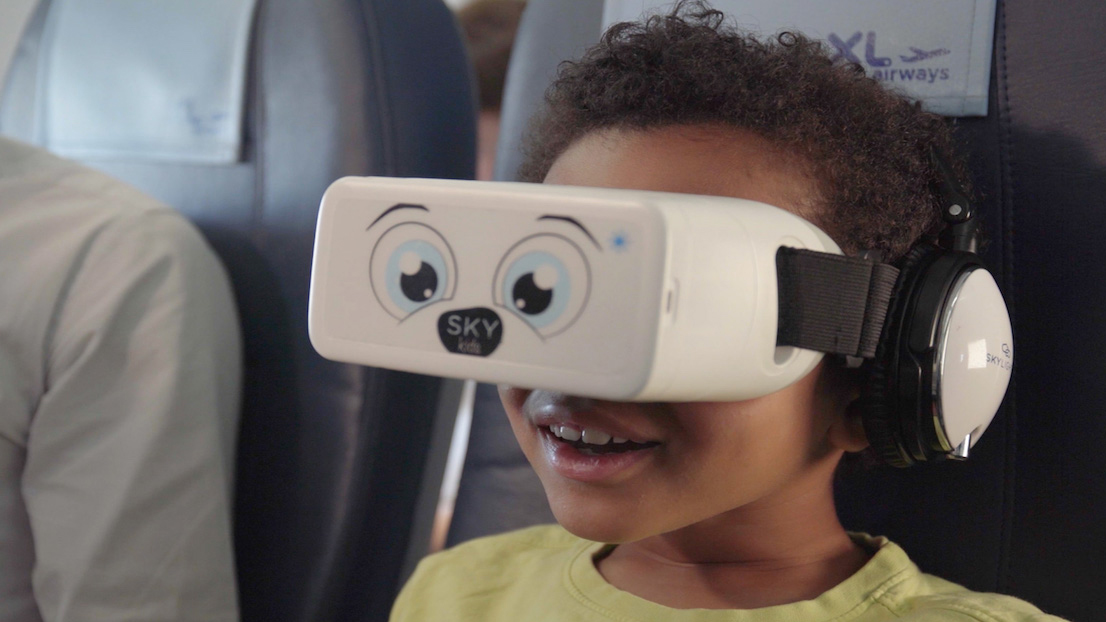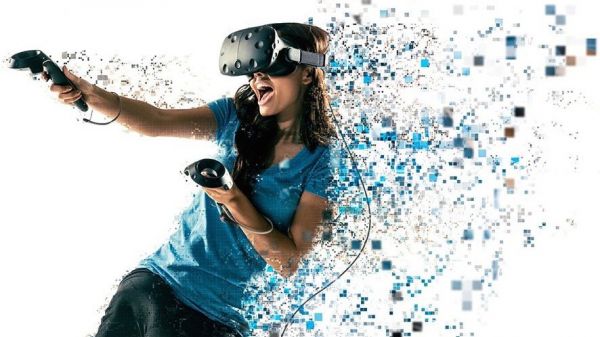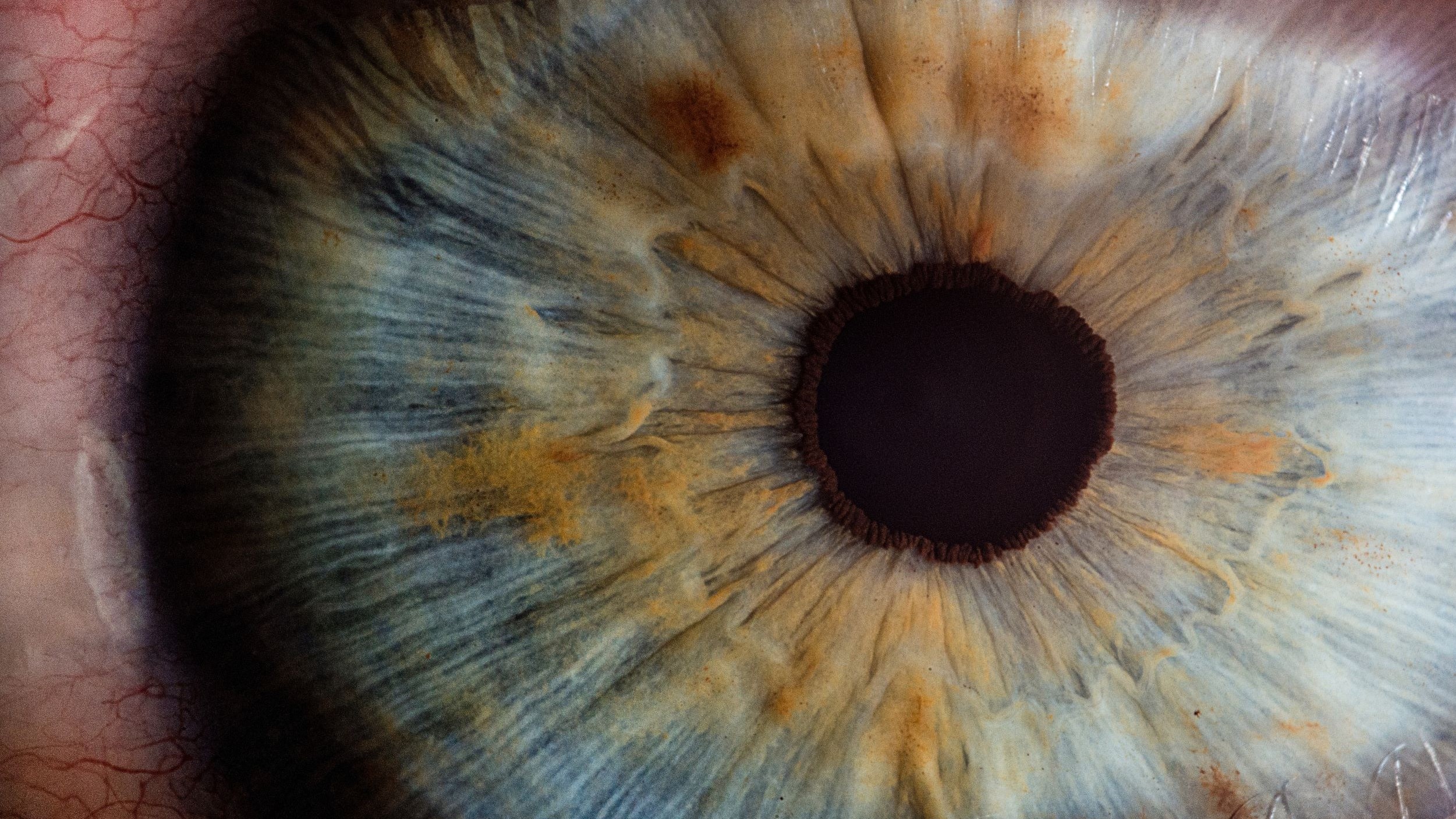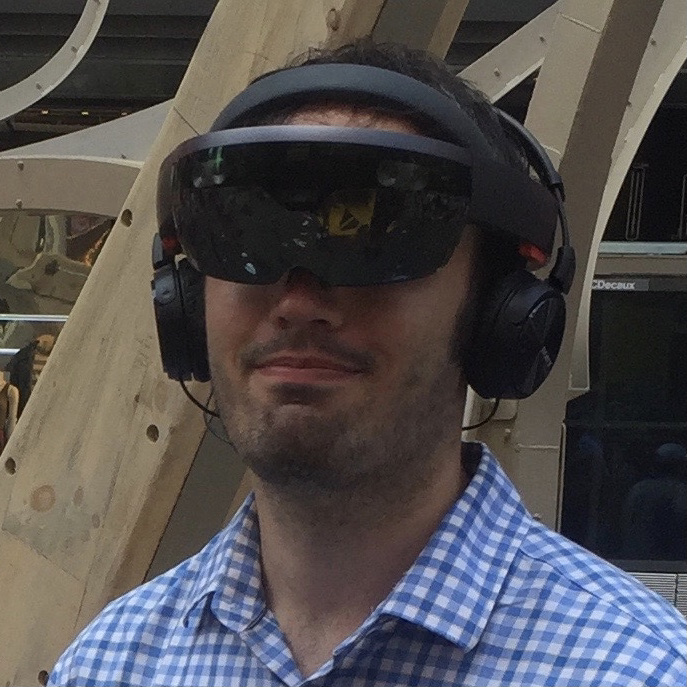When is it safe to buy kids a VR headset?
How to safely introduce your young ones to virtual worlds

On paper, a virtual reality (VR) headset seems like the perfect choice for Santa to stuff in your child’s stocking this year.
Your kid will love it for the video games and cool 360-degree movies; you’ll love it for the educational apps.
Here’s the downside: most major VR headset manufacturers assign a 13-plus age restriction to their devices.
Plus, headset user guides warn of health dangers ranging from eye strain and headaches to nausea and, in rare cases, seizures.
Many teachers have begun to use virtual reality in the classroom, which seems to suggest that it is safe.
But, some experts believe younger minds have more trouble distinguishing virtual worlds from reality; so you’ll need to be careful about which VR content you let them use until they’re older.
Here’s everything you should know about when to introduce young folks to VR, how to keep play sessions safe and healthy, and how to choose the right VR headset and games for them.
Get daily insight, inspiration and deals in your inbox
Sign up for breaking news, reviews, opinion, top tech deals, and more.

Potential injuries
Let’s start with the most obvious problem: your hyperactive kid running around your living room wearing a virtual blindfold.
VR makes it difficult to maintain your spatial awareness, especially for younger minds. While you’ll remember that you’re not actually standing in, say, a rainforest, children are more likely to forget their surroundings are simulated and walk right into a wall trying to chase a virtual monkey.
Some developers, like Oculus and HTC, let you program in virtual barriers to match the size of the room, so you know when to stop and turn around; but since when do kids follow the rules? There’s still a risk of injury.
So, when first introducing your kid to VR, sit them in a revolving chair and get them comfortable with spinning around to see their surroundings instead of walking into walls. Most Oculus Rift owners actually prefer to sit while in VR, so help them understand this is the default way to play.

Motion sickness
Sitting during a virtual experience comes with its own problems. While your eyes tell you you’re flying through the air like a bird, your inner ear tells you you’re sitting still. After prolonged VR sessions, this disconnect frequently leads to feelings of nausea or dizziness.
Your brain also doesn’t know how to handle the fact that you see objects dozens of yards away ... on a screen less than an inch from your eyes. Named the “vergence-accommodation conflict,” this discrepancy can also cause headaches or nausea over time.
Kids won’t necessarily feel the effects more strongly than adults, and some more durable kids may not feel that much at all. However, studies suggest children are more likely to ignore symptoms like eye strain in order to keep playing for longer, exacerbating symptoms.
To combat this, optometrists recommend a maximum of fifteen minutes of VR at a time, followed by ten minutes of rest. And, we suggest you start your kid off with games or experiences with little movement. In the Oculus Store, you can find ratings like “Comfortable” or “Moderate” that warn you about the intensity level before purchase.
Seizures
While most users will never have this issue, Oculus reports that around one in 4,000 people may suffer from photosensitive or epileptic seizures from virtual reality triggered by flashing lights or patterns.
It’s no different from what kids might experience watching television or playing non-VR video games, but that’s still one more reason to monitor your kid’s playing time.

Eye strain
Headache-inducing eye strain is probably the most common problem that kids will run into with VR – and maybe the best reason to wait until they’re older to buy one.
VR headsets let you adjust the focus of the lenses to make things crisp and clear. But, would your child be mature enough to go to an optometrist and pick out his or her own prescription? Younger children in particular may not be mature or self-aware enough to know the screen is too blurry and could strain their eyes, and parents have no way to check.
In fact, your child may find that no setting feels comfortable, because most headsets have a fixed interpupillary distance (IPD) between the two VR lenses, specced to match the average adult’s head size. Your child’s eyes, too close together to properly see through the lenses, may never feel comfortable.
(Some headsets let you adjust the lenses to match your pupils, but don’t get your hopes up: they’re still designed for adults and can’t squeeze the lenses close enough together for kid-sized craniums.)
Until your kid has a growth spurt, try starting them out on smaller, mobile VR devices, sticking to the 15:10 play-to-rest ratio, and frequently check to see if the strain is causing any pain.
Plus, make sure that, if your child wears corrective lenses, he or she can fit them inside of the headset. Without them, myopic kids are doubly susceptible to worse symptoms like blurring or double vision.

VR: More real than reality?
The enjoyment of VR comes from feeling as though you’ve jumped into a new world or another person’s shoes. But, for children, that feeling may become indistinguishable from reality.
In a 2009 study, some elementary-age kids entered a VR simulation in which they swam with orca whales, while others watched it on TV. A week later, the VR group firmly remembered that they had actually swum in the ocean.
In other studies, scientists found that children up to age 18 were more profoundly affected by virtual experiences than adults, reporting it as more “real”. And kids 11 and younger may lack the "higher-level brain functioning" necessary to remember in the moment that VR isn't real.
On the one hand, this could mean VR is a truly exciting choice for kids, since they’ll fully immerse themselves in VR in a way they couldn’t in later life.
On the other, it means you should carefully ensure that you only let them buy content rated E for Everyone on your virtual store. Letting them choose their own games could lead to them getting traumatized by monsters that appear far too real.
Thankfully, headsets like the Oculus allow you to create pins, so that only you can buy anything on the Store. Just use your own judgment to determine what they can handle.
13 and up: hard rule or suggestion?
If you want to purchase your 12-and-under kid a VR headset, you need to be prepared for some helicopter parenting, constantly monitoring their usage to make sure they don’t hurt their eyes or brains diving into Minecraft VR for hours.
For that reason, it makes sense to wait until they’re older, when they’re more independent, have better impulse control and better self-awareness.
However, the 13-plus range isn’t strictly a hard-and-fast rule. In short bursts, kids can have wonderful, immersive journeys in imaginary worlds.
Supported content on TechRadar means the article has been created in partnership with a developer, publisher, manufacturer or other relevant party. When you see this disclosure note in an article, it means that the article idea has been approved by another company – a developer, hardware maker, or publisher – but that otherwise the content is planned, written, and published by TechRadar without any further approval. This is distinct from sponsored content on TechRadar, which is created entirely by a third party, and not the TechRadar editorial team.
Michael Hicks began his freelance writing career with TechRadar in 2016, covering emerging tech like VR and self-driving cars. Nowadays, he works as a staff editor for Android Central, but still writes occasional TR reviews, how-tos and explainers on phones, tablets, smart home devices, and other tech.

